I just like to share this interesting contest in Japan.
Reference: http://www.express.co.uk/news/weird/395636/Strange-crying-baby-contest-held-in-Japan
Strange crying baby contest held in Japan
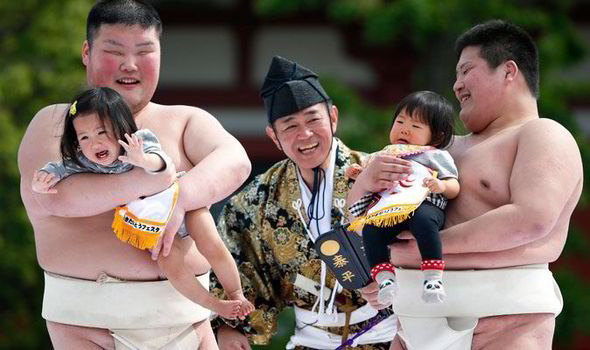
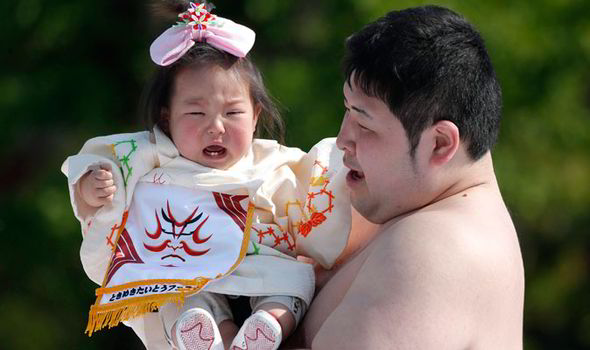 A crying baby is carried by Sumo wrestler
A crying baby is carried by Sumo wrestler
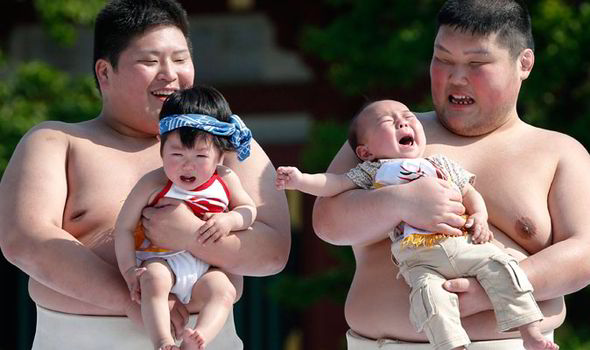 The baby to cry loudest and longest wins the contest
The baby to cry loudest and longest wins the contest
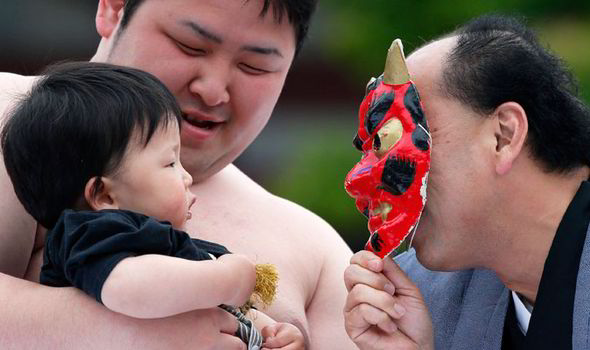 If the babies do not initially cry the sumo wrestlers don masks
If the babies do not initially cry the sumo wrestlers don masks
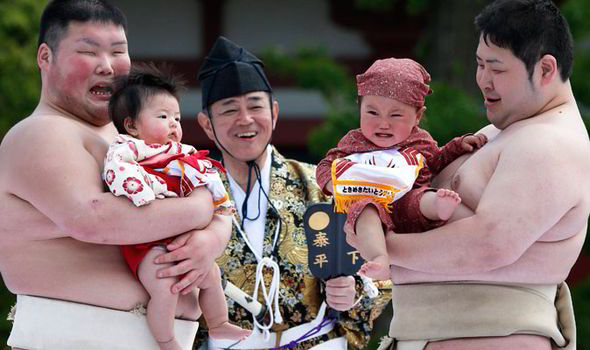 The competition is intended to generate good health for the babies
The competition is intended to generate good health for the babies
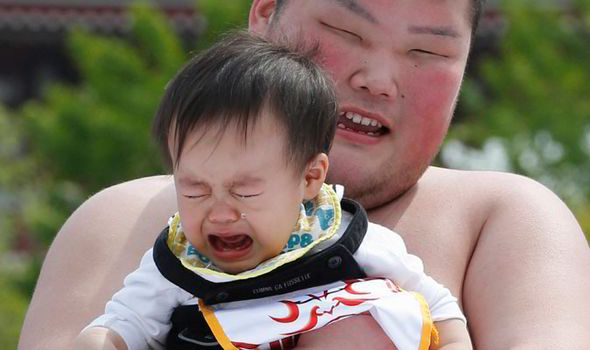 The annual Naki Sumo event is believed to ward off evil spirits
The annual Naki Sumo event is believed to ward off evil spirits
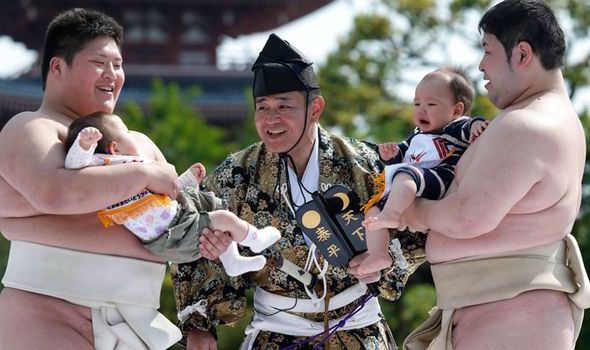

Reference: http://www.express.co.uk/news/weird/395636/Strange-crying-baby-contest-held-in-Japan
Strange crying baby contest held in Japan
IT is a sound that fills most parents with dread, but at the annual Naki Sumo – crying baby contest – in Japan, wailing and screeching is encourged.

The bizarre event, held for over 400 years, is based on the concept that a long cry is good for the health of babies.
Eager mothers bring the children to the event where Sumo wrestlers and high priests coax babies into a state of distress.
No physical pain is inflicted on the babies; the sumo wrestlers instead growl and scowl in order to get a wail.
Eager mothers bring the children to the event where Sumo wrestlers and high priests coax babies into a state of distress.
No physical pain is inflicted on the babies; the sumo wrestlers instead growl and scowl in order to get a wail.


If both babies cry, whichever wails loudest wins.
If neither of the babies cry – or even worse, laugh – the wrestlers don creepy-looking masks to encourage tears.
The event, which marks the high point of spring, is held each year at the Sensoji Temple in Tokyo.
If neither of the babies cry – or even worse, laugh – the wrestlers don creepy-looking masks to encourage tears.
The event, which marks the high point of spring, is held each year at the Sensoji Temple in Tokyo.


Participating Japanese parents believe the Sumo-induced cries are beneficial.
As the babies are held high, so that their cries are closer to heaven and their mothers pray for their good health.
The 400-year old ritual is also believed to ward off evil spirits.
As the babies are held high, so that their cries are closer to heaven and their mothers pray for their good health.
The 400-year old ritual is also believed to ward off evil spirits.



Aren't these babies so cute even when they cry? :)



